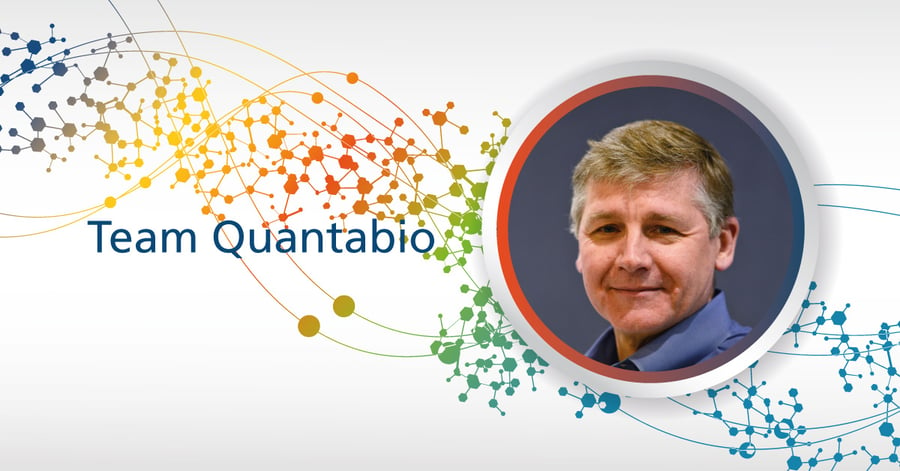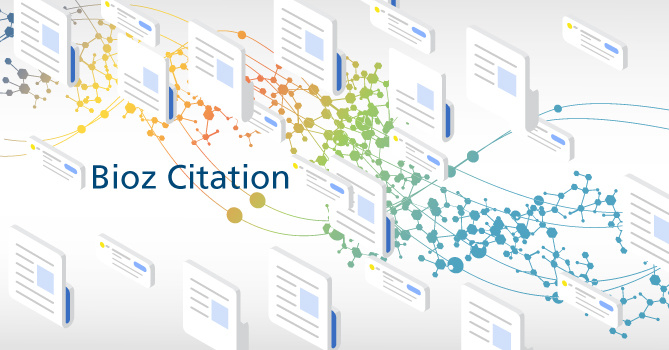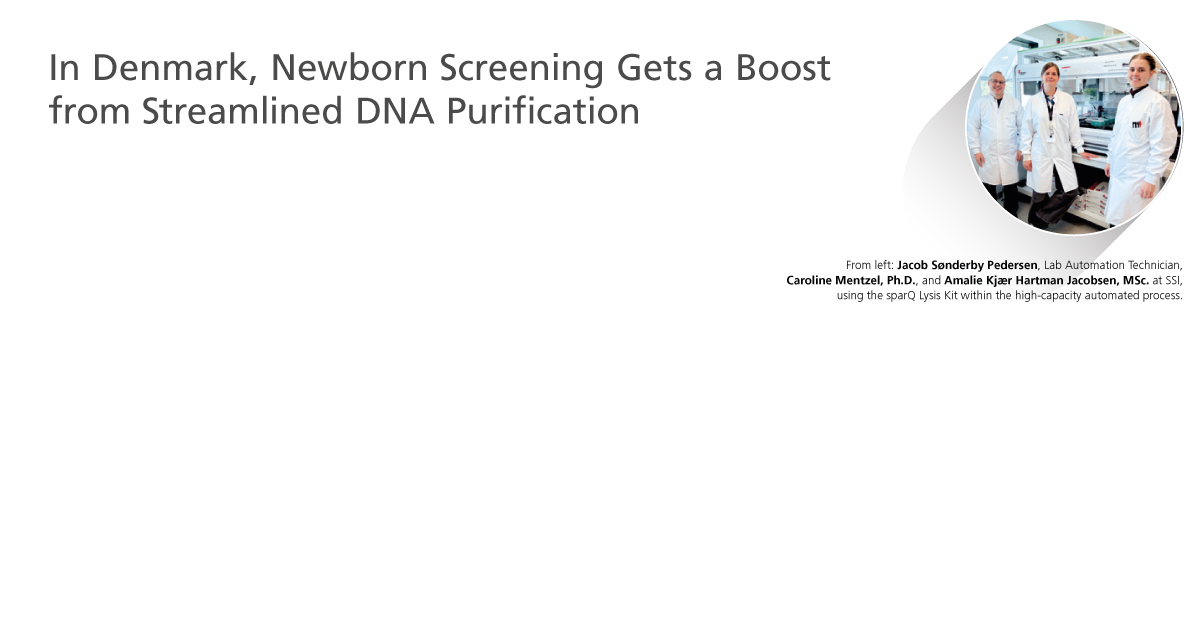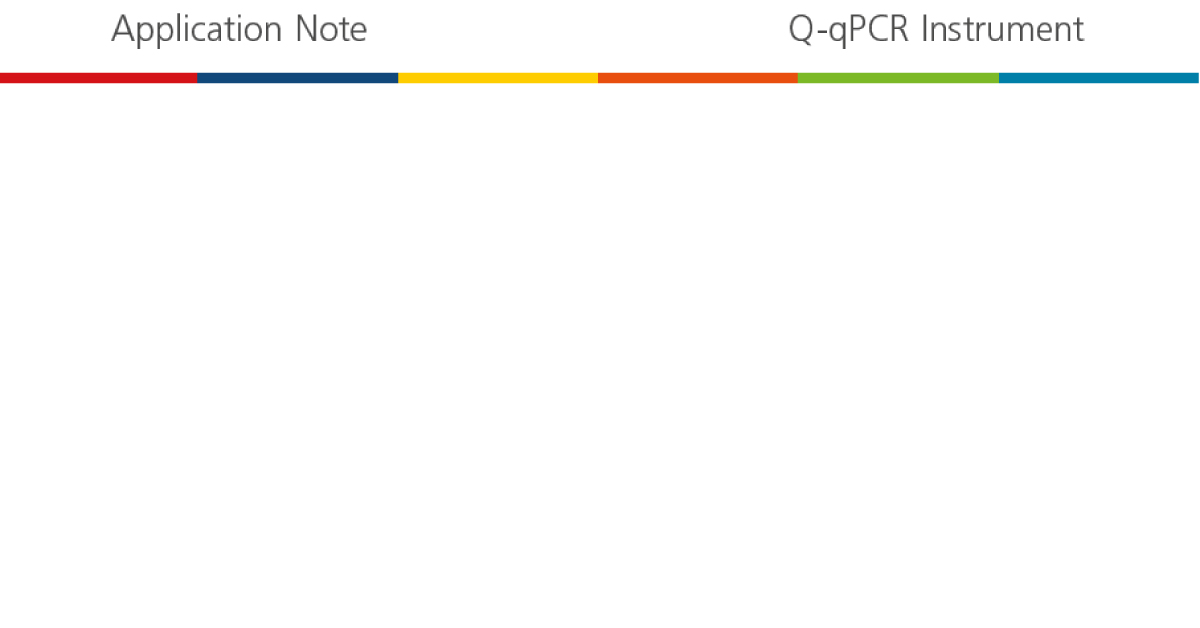In a new webinar, researchers from Siriraj Hospital in Thailand speak about using Quantabio’s repliQa HiFi ToughMix for nanopore long-read sequencing workflows. If your science could benefit from faster turnaround time, high fidelity, and reasonable costs, this webinar is well worth your time.
Don’t have 30 minutes? That’s OK! We’ve recapped a few highlights here.
Broad applications
At Bangkok’s Siriraj Hospital, the largest hospital in Thailand, Thidathip Wongsurawat’s laboratory team uses nanopore sequencing for pathogen genomics, metagenomics, HLA typing, rapid bacterial identification and antimicrobial resistance gene detection, and more. For all of these needs, having a top-notch polymerase is essential. It has to be fast, work well with long-range PCR, and deliver great fidelity — all at an affordable price point. The team found their solution with repliQa HiFi ToughMix, which met all of their needs. Perhaps most importantly, it cut hours off their workflows. In a hospital, saving time can save lives, Wongsurawat points out.
Microbial identification
In the webinar, Worarat Kruasuwan presents data from using repliQa HiFi ToughMix with nanopore sequencing to perform full-length 16S rRNA gene sequencing for accurate microbial identification. Long reads are essential to support species-level identification; short reads might only provide enough information to specify the genus. In samples representing gut microbiome, skin microbiome, and vaginal microbiome, this approach correctly identified all members of the bacterial populations except for one that may not have been well represented in the database used for analysis. This technique allows the team to generate results on the same day the sample is run.
HLA typing
The final speaker, Pattaraporn Nimsamer, shared her experience with comprehensive haplotyping of the HLA gene using the repliQa-plus-nanopore technique. While other testing methods deliver some information for HLA typing, Nimsamer showed that nanopore sequencing allowed for ultra high-resolution typing, offering a level of detail that could be important for understanding pharmacogenomic response, transplantation compatibility, and more. Also, sequencing is the only method that can detect and characterize novel HLA alleles. With repliQa HiFi ToughMix, the HLA typing workflow took less time, reduced contamination, and was easy to work with, Nimsamer says.
Watch the full webinar: “Transforming Long-Read Sequencing with Accelerated Processing Times.”
Recent posts
Subscribe to Our Blog
Read More

Team Quantabio: Dave Schuster, R&D

New Tool Lets You See How Our Products Perform in the Scientific Literature



